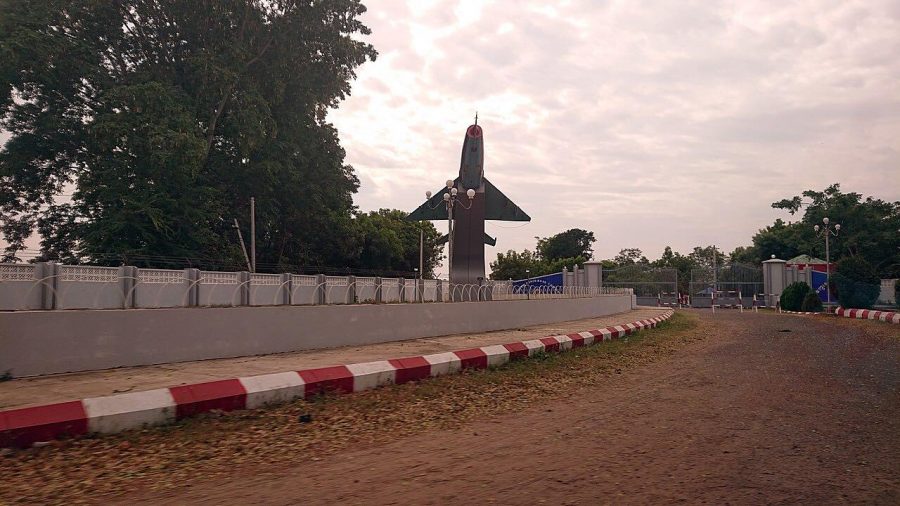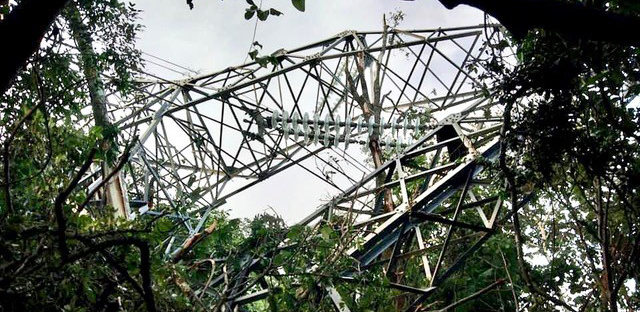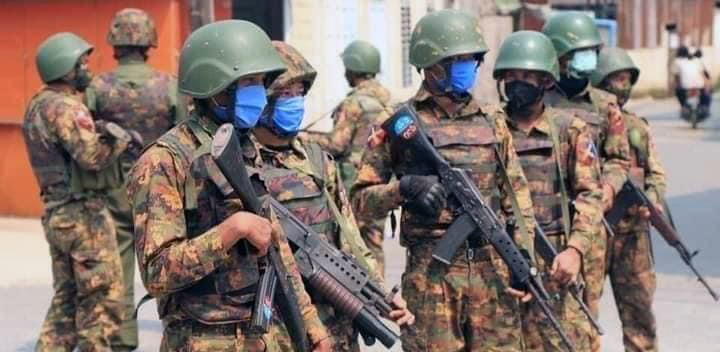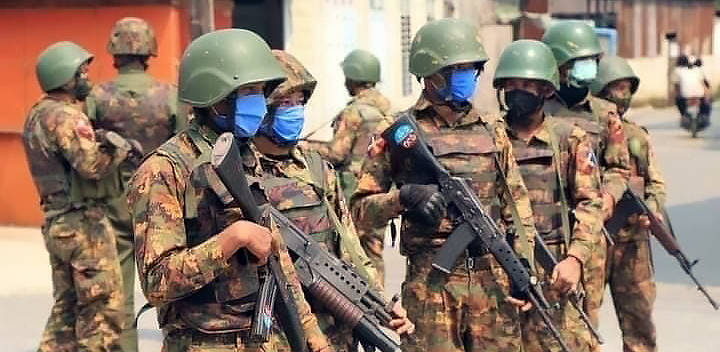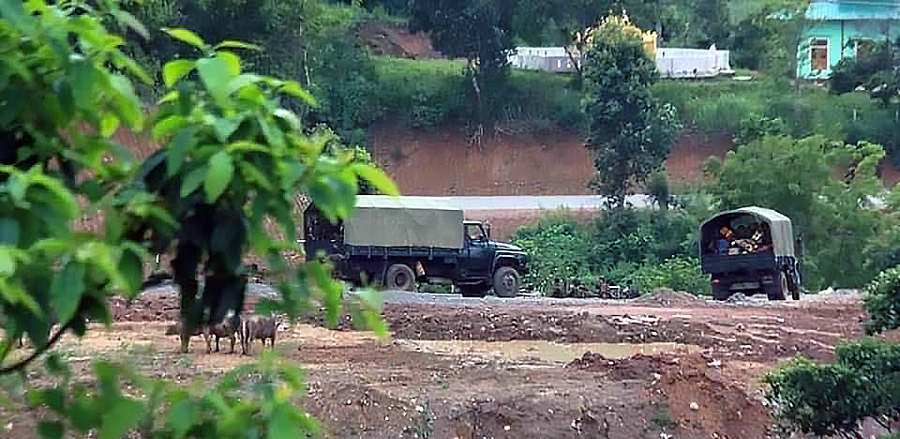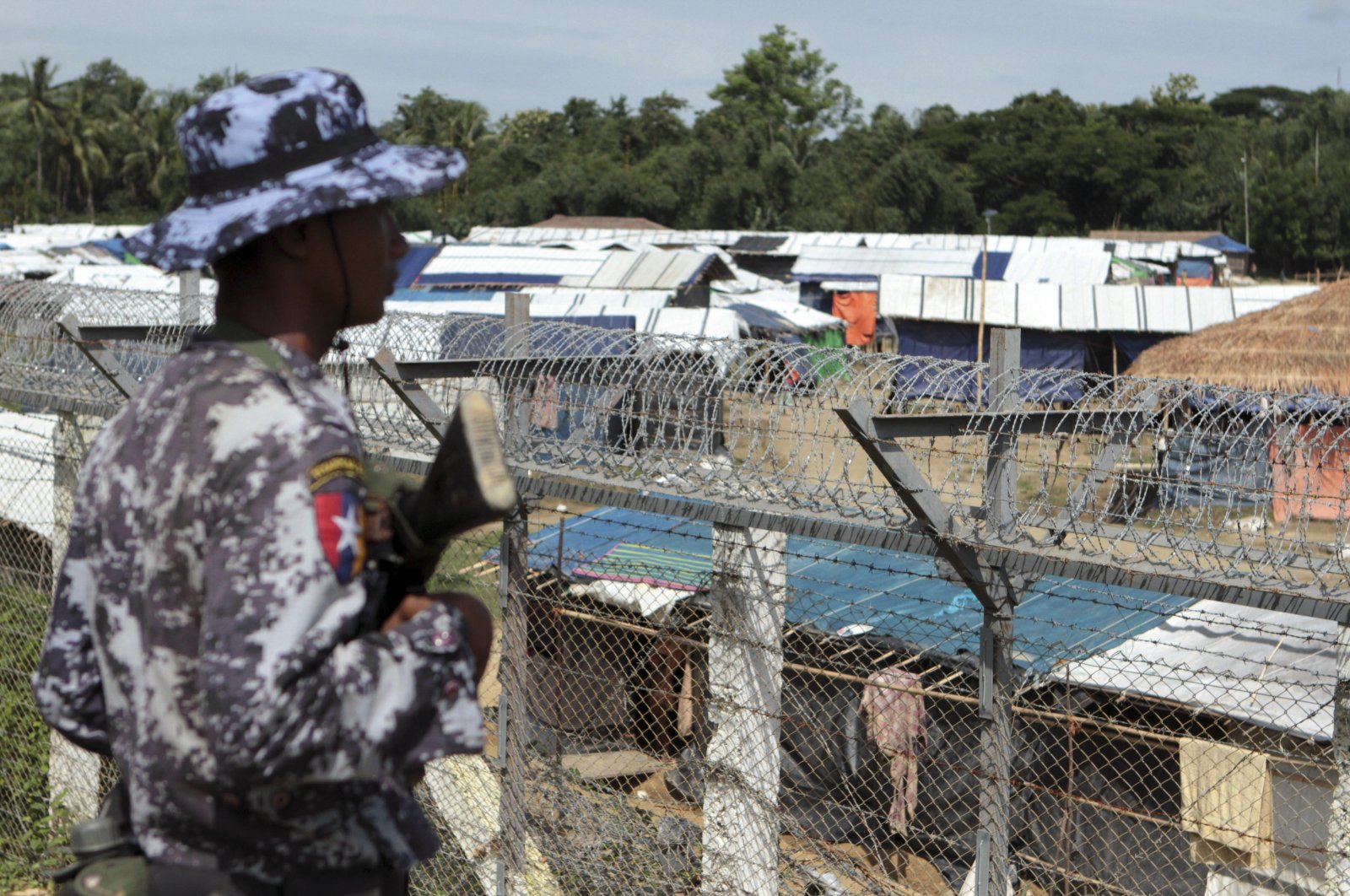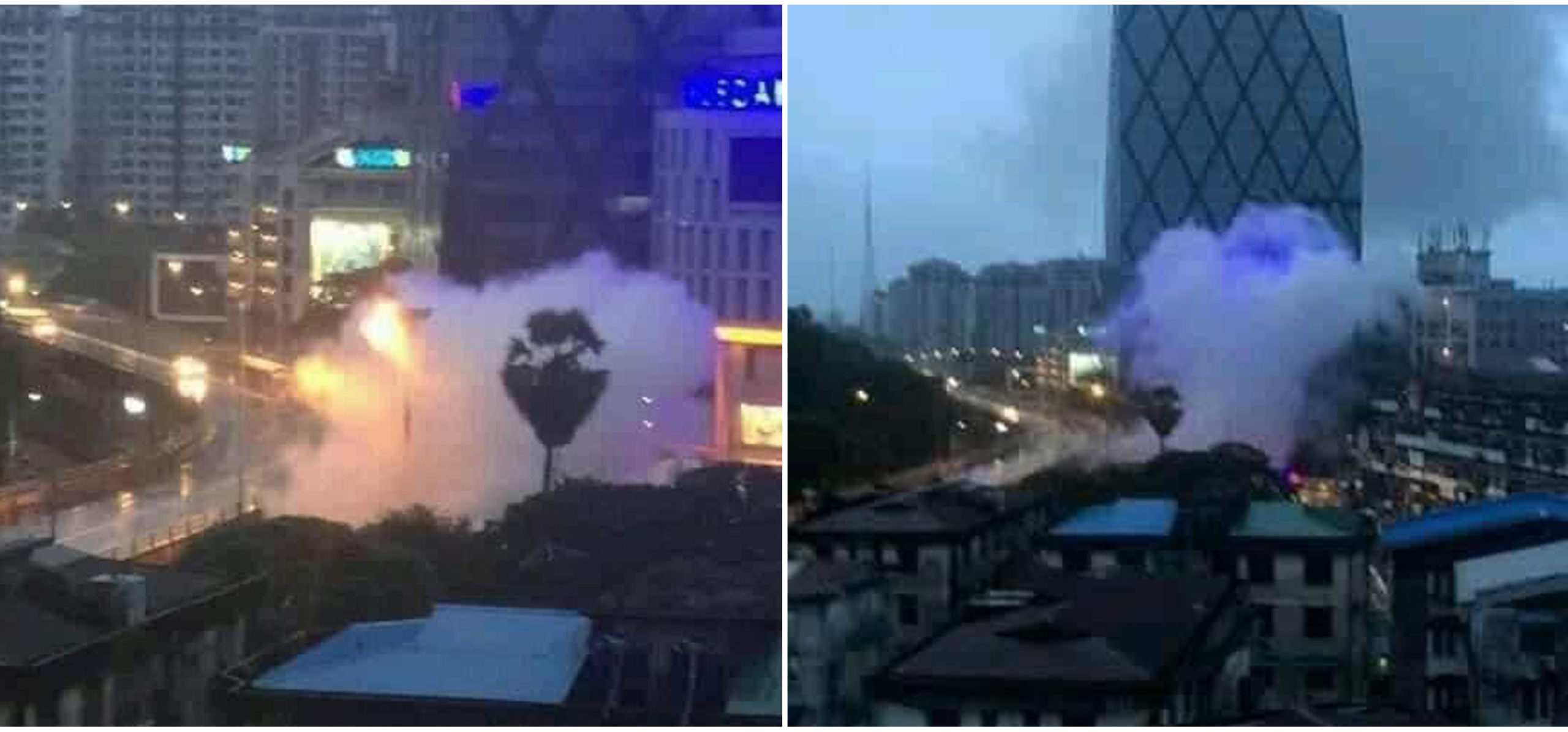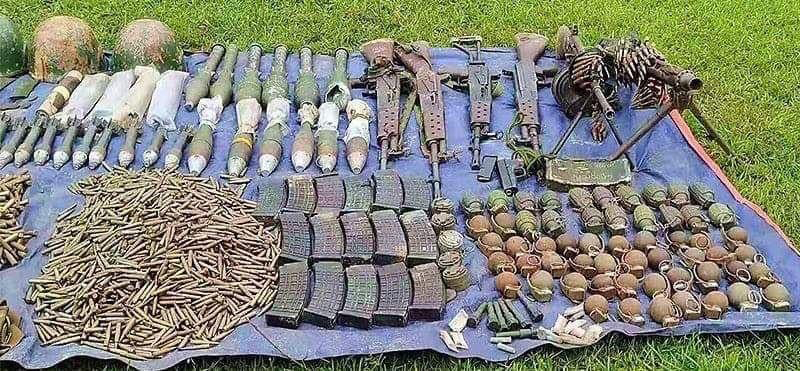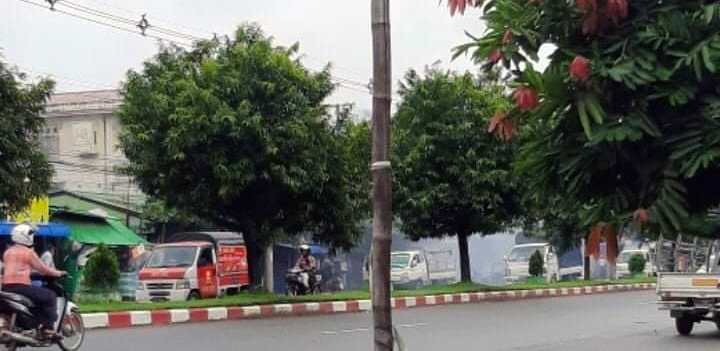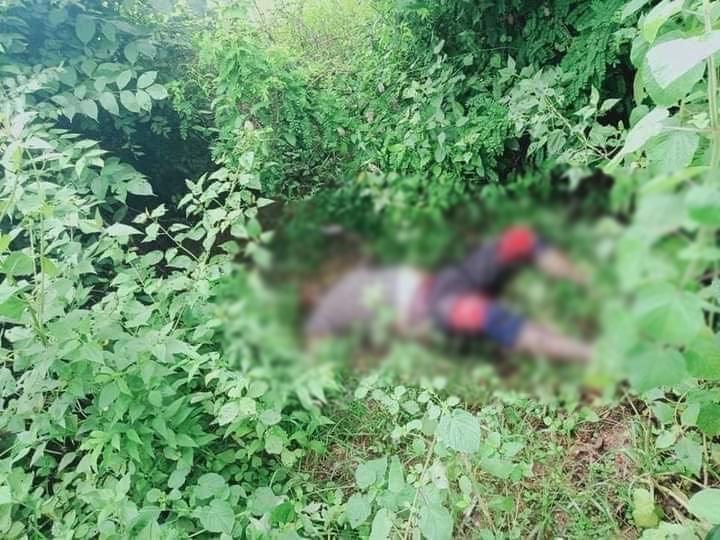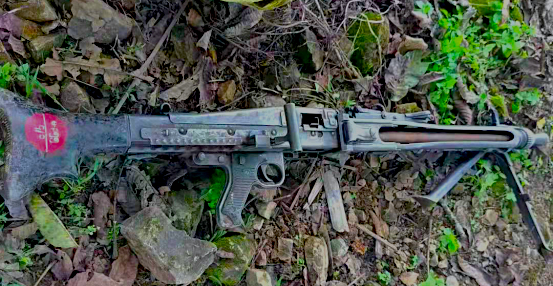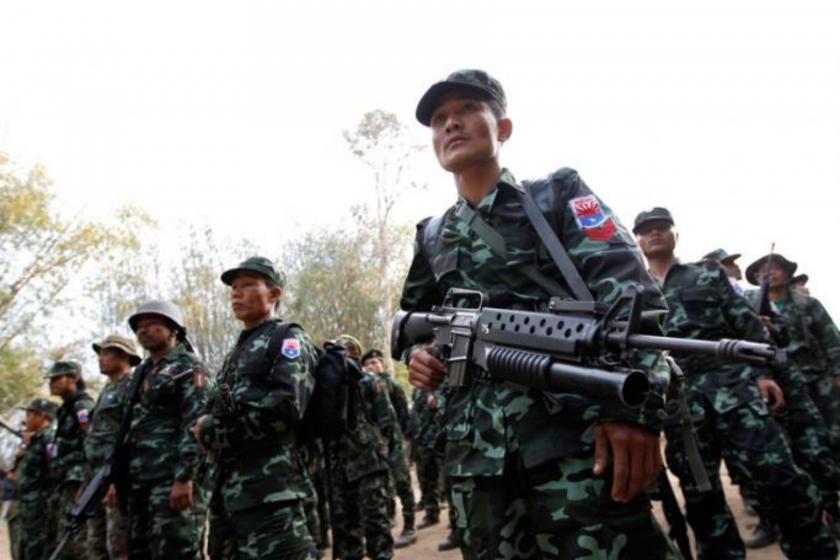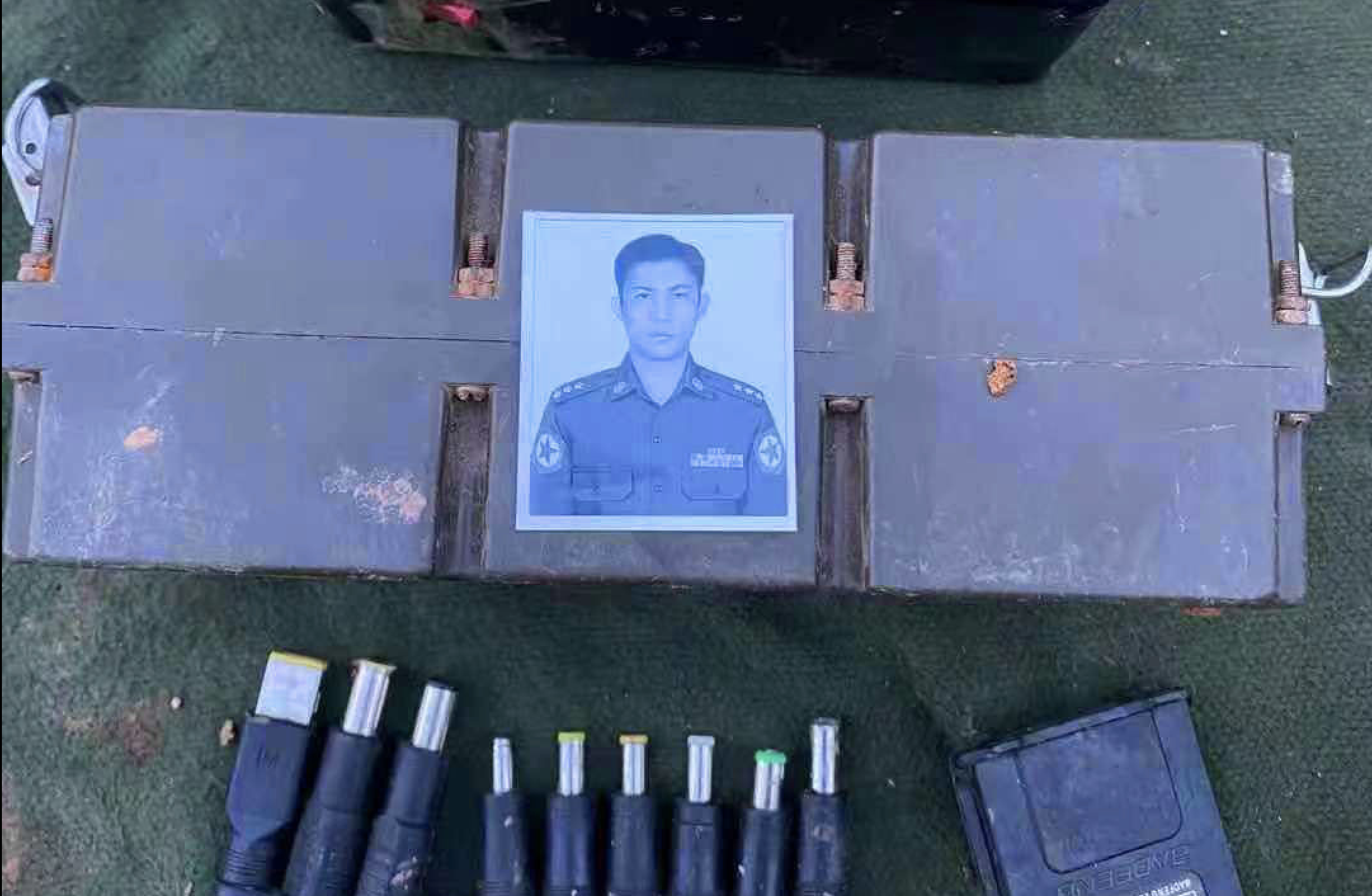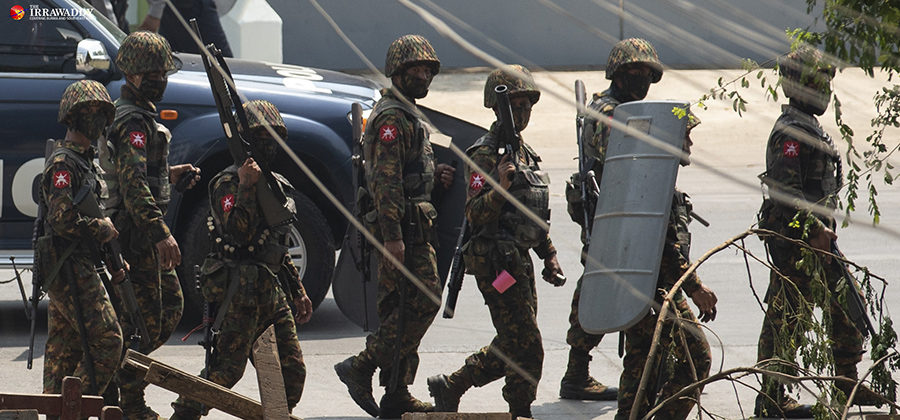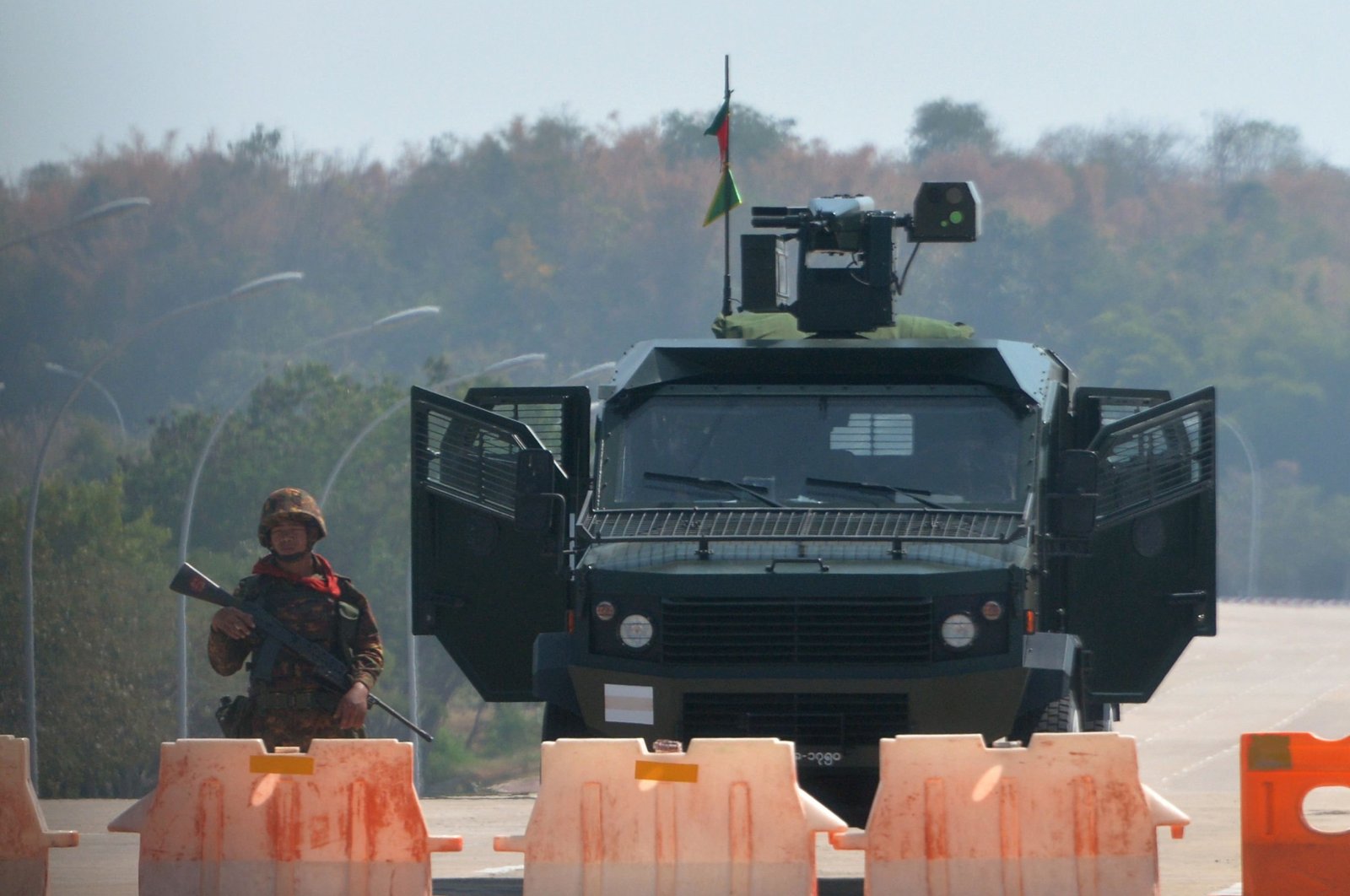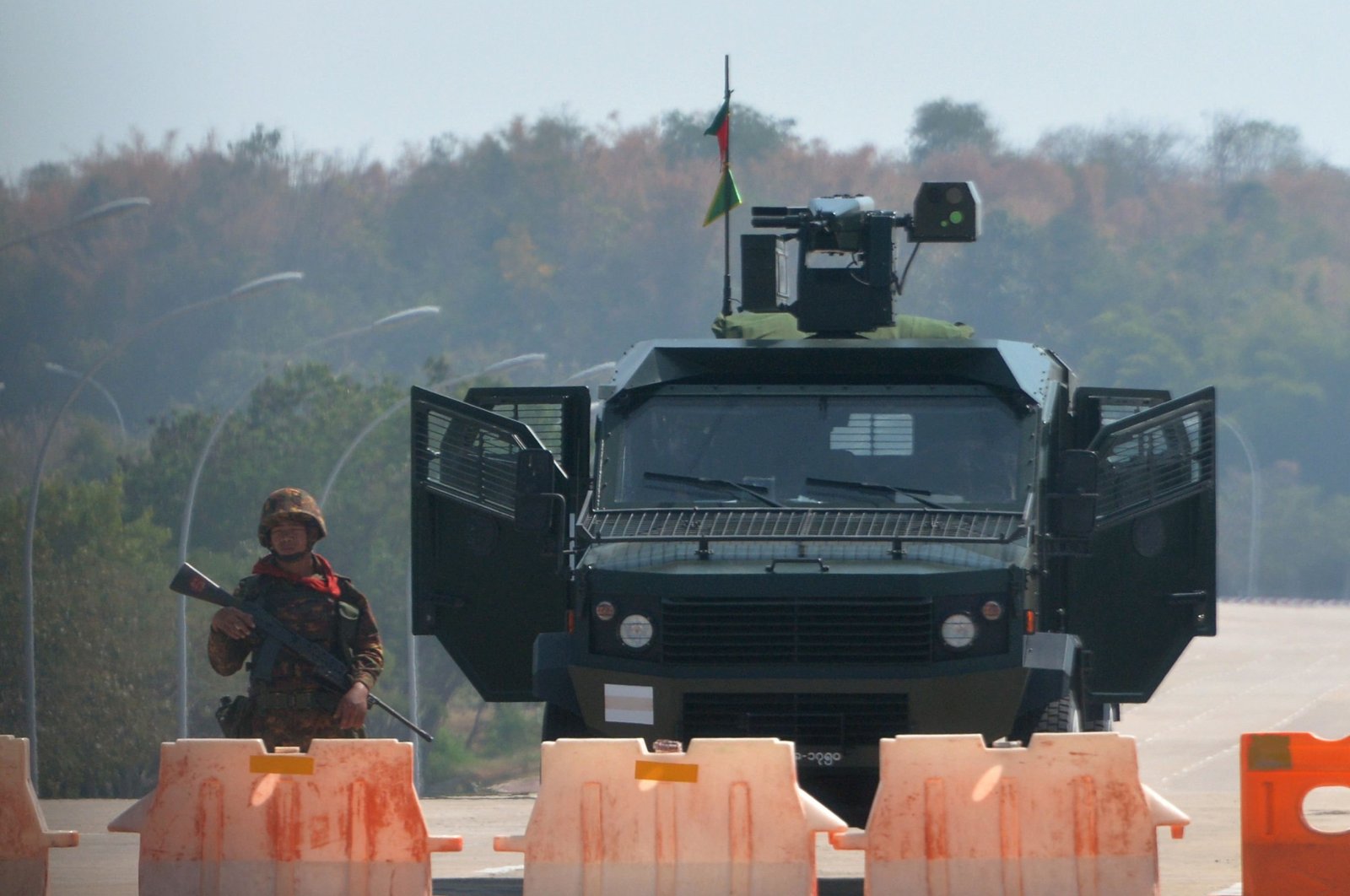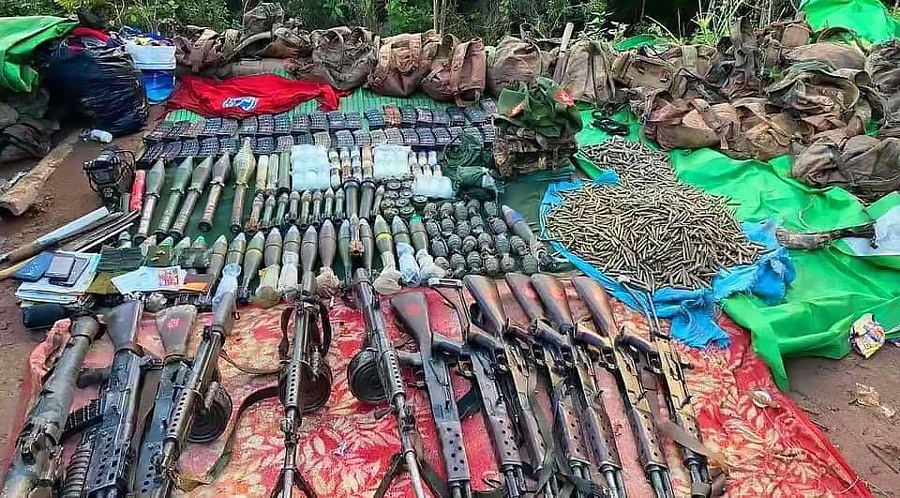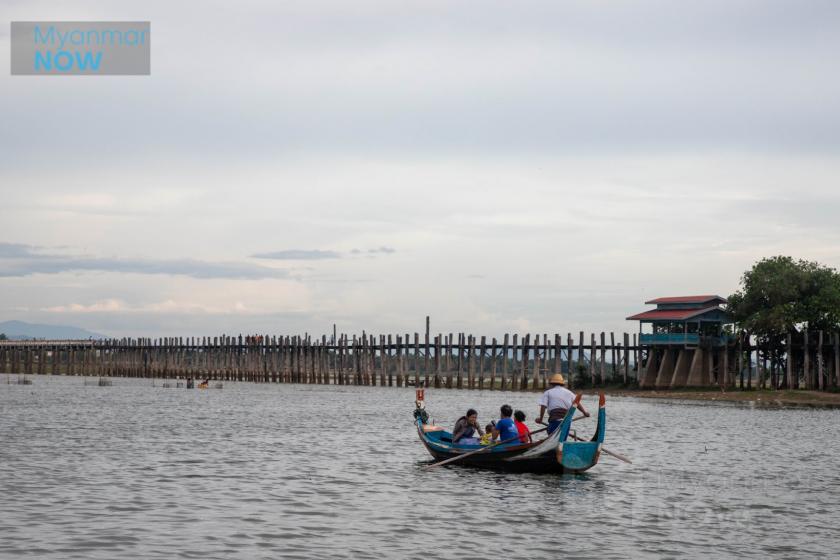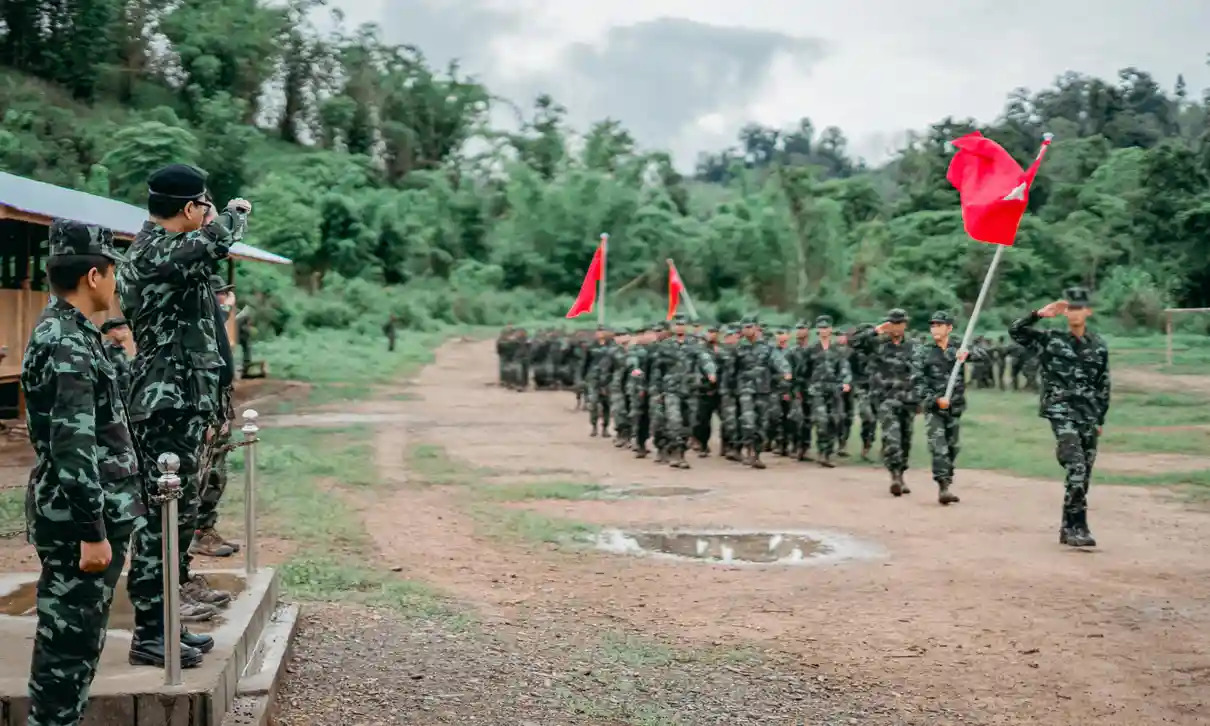More than 30 junta soldiers were reportedly killed and others wounded by armed resistance fighters in Kayah State and Sagaing Region on Thursday.
The Irrawaddy was unable to independently confirm the casualties.
On Thursday afternoon, two out of seven military vehicles carrying junta troops traveling from Pale to Monywa Township in Sagaing Region triggered Yinmabin People Defense Force (PDF) landmines near Mount Phowintaung in the east of Yinmabin Township.
The troops were allegedly returning after raiding villages and attacking resistance fighters in Pale.
Around 30 military casualties were reported after two vehicles were seriously damaged, a fighter in the ambush told The Irrawaddy on Friday.
He said they used seven landmines and suffered no casualties, despite junta troops firing indiscriminately.
“We will resist them until they return to their barracks,” said the Yinmabin PDF member.
In the south of Kale Township in Sagaing Region, the PDF ambushed junta troops near Nat Chaung village.
Kale’s PDF said in a statement that troops raided Nat Chaung the previous day.
During eight hours of shooting, three junta soldiers were killed and a PDF member was lightly injured by a military explosive.
Residents warned the Kale’s PDF to be alert as junta troops are still deployed at Nat Chaung.
Civilians in Kale, Yinmabin, Pinlebu and Tamu townships in the sprawling region have used traditional, homemade air guns or rifles since late March when junta forces began killing peaceful anti-regime protesters.
Another five soldiers were killed and three injured on Thursday in a shootout with ethnic armed groups the Karenni Army (KA) and Karenni Nationalities Defense Force (KNDF) in Kayah State.
Civilian resistance fighters and troops from the KNDF and KA, the armed wing of the Karenni National Progressive Party, ambushed junta sentries near Htee Kalu Daw village in Hpruso Township on Thursday morning.
Five junta soldiers were killed and three wounded and junta firearms, including a heavy weapon, were seized by the KNDF and KA, the KNDF said in a statement.
A shootout between junta troops and Karenni forces, including civilian fighters, was reported on the Demoso-Hpruso highway on Thursday morning.
In response, Battalion 102 based in Demoso used artillery on villages in Hpruso Township, injuring a Htee Paw So villager in her thigh, according to the KNDF and the media.
On Thursday afternoon, a shootout between junta soldiers and the KNDF occurred in Pekon Township, Shan State, according to the KNDF.
Armed resistance against the junta started in Kayah State in late May. The regime is currently attacking Karenni forces in Loikaw, Demoso, Hpruso, Bawlakhe and Hpasawng townships.
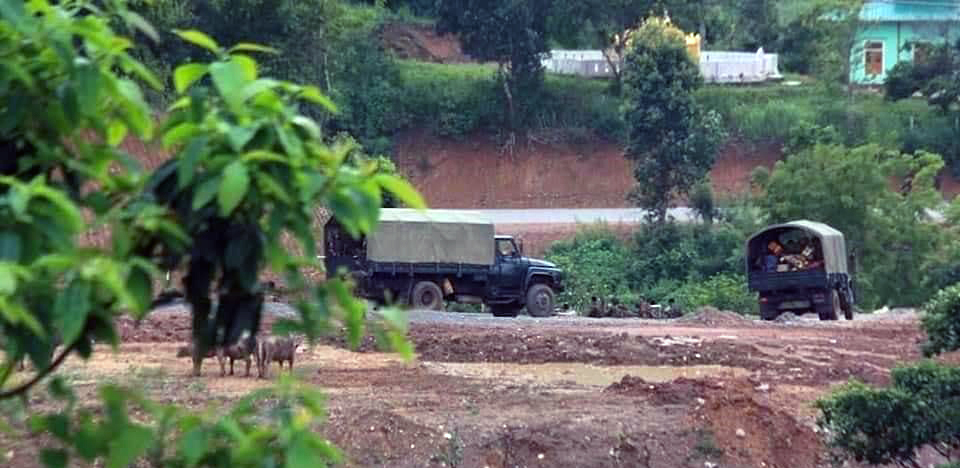
 www.irrawaddy.com
www.irrawaddy.com
The Irrawaddy was unable to independently confirm the casualties.
On Thursday afternoon, two out of seven military vehicles carrying junta troops traveling from Pale to Monywa Township in Sagaing Region triggered Yinmabin People Defense Force (PDF) landmines near Mount Phowintaung in the east of Yinmabin Township.
The troops were allegedly returning after raiding villages and attacking resistance fighters in Pale.
Around 30 military casualties were reported after two vehicles were seriously damaged, a fighter in the ambush told The Irrawaddy on Friday.
He said they used seven landmines and suffered no casualties, despite junta troops firing indiscriminately.
“We will resist them until they return to their barracks,” said the Yinmabin PDF member.
In the south of Kale Township in Sagaing Region, the PDF ambushed junta troops near Nat Chaung village.
Kale’s PDF said in a statement that troops raided Nat Chaung the previous day.
During eight hours of shooting, three junta soldiers were killed and a PDF member was lightly injured by a military explosive.
Residents warned the Kale’s PDF to be alert as junta troops are still deployed at Nat Chaung.
Civilians in Kale, Yinmabin, Pinlebu and Tamu townships in the sprawling region have used traditional, homemade air guns or rifles since late March when junta forces began killing peaceful anti-regime protesters.
Another five soldiers were killed and three injured on Thursday in a shootout with ethnic armed groups the Karenni Army (KA) and Karenni Nationalities Defense Force (KNDF) in Kayah State.
Civilian resistance fighters and troops from the KNDF and KA, the armed wing of the Karenni National Progressive Party, ambushed junta sentries near Htee Kalu Daw village in Hpruso Township on Thursday morning.
Five junta soldiers were killed and three wounded and junta firearms, including a heavy weapon, were seized by the KNDF and KA, the KNDF said in a statement.
A shootout between junta troops and Karenni forces, including civilian fighters, was reported on the Demoso-Hpruso highway on Thursday morning.
In response, Battalion 102 based in Demoso used artillery on villages in Hpruso Township, injuring a Htee Paw So villager in her thigh, according to the KNDF and the media.
On Thursday afternoon, a shootout between junta soldiers and the KNDF occurred in Pekon Township, Shan State, according to the KNDF.
Armed resistance against the junta started in Kayah State in late May. The regime is currently attacking Karenni forces in Loikaw, Demoso, Hpruso, Bawlakhe and Hpasawng townships.

Myanmar Junta Troops Killed in Sagaing and Kayah
More than 30 regime soldiers were reportedly killed by armed resistance forces in Sagaing Region and Kayah State on Thursday.
Last edited:


